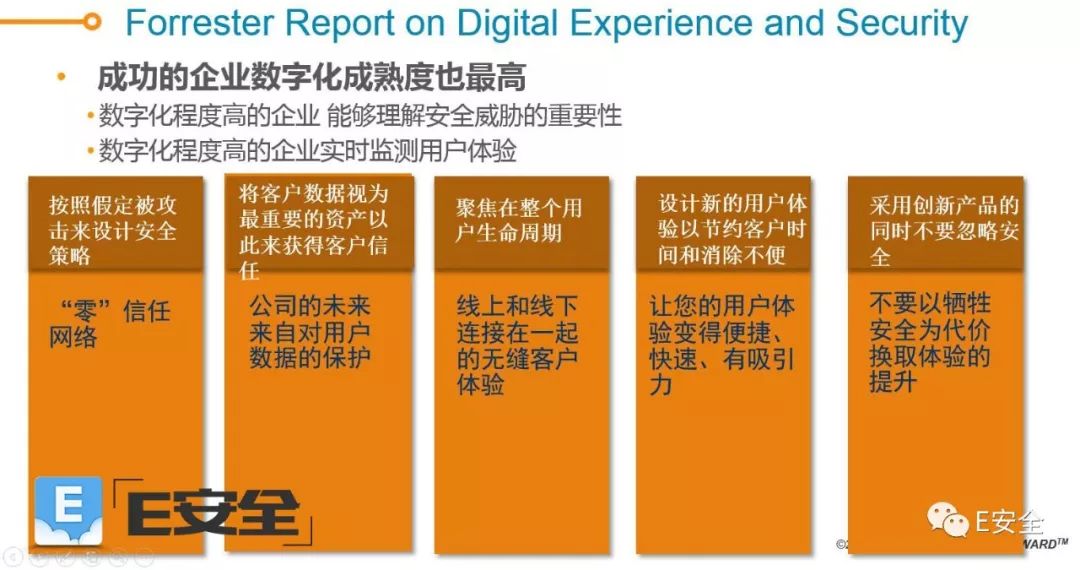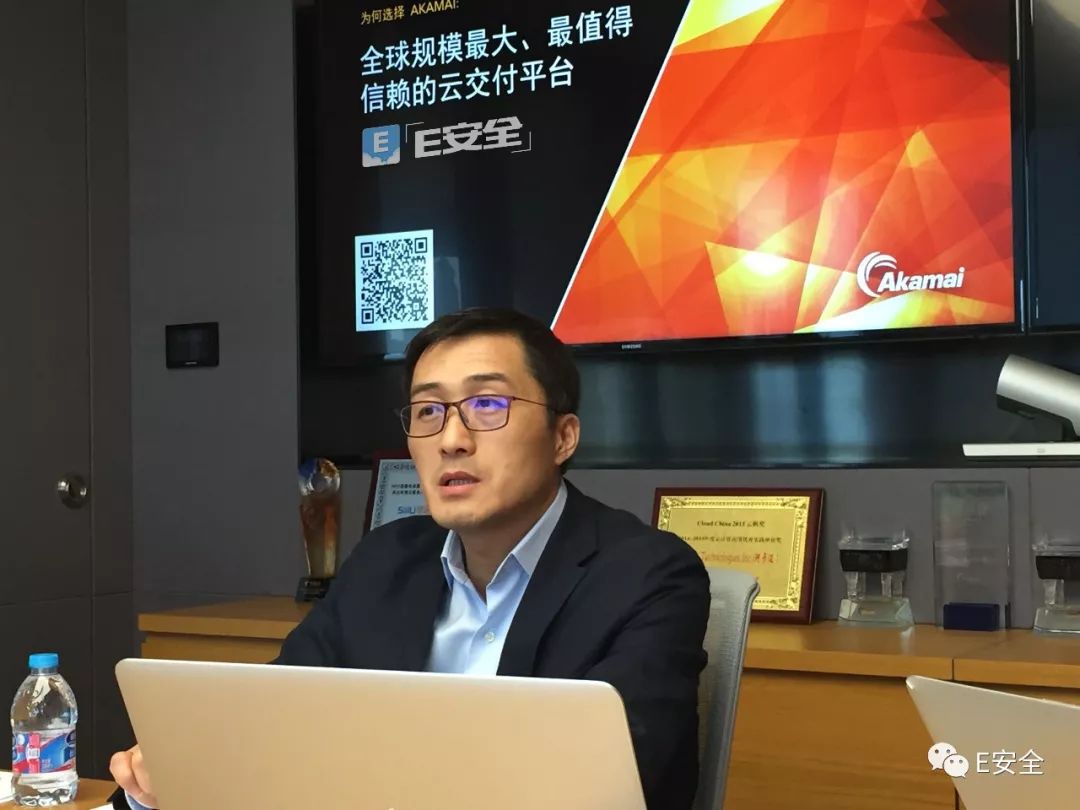In June 14th, in a romantic relationship, couples are generally in the state of not marrying or not marrying. In the current online business environment, everyone may be the most casual experience. People in love often show the trend of being indispensable, but such a situation cannot always be online. Today's business environment can give users the experience of this, but it is still difficult to reap the trust and loyalty of ta .

If you can't open a webpage, you may immediately change a web address;
When you fancy a product ready to buy and buy (usually impulsive or passionate consumption), click on the payment but click, click, click, click and not go in, it has been buffering! You may, forget it! No more! Or change to another store or another App to continue;
When you find that the X social software is not easy to use, or recently leaked user privacy, you may download a similar Y software and just replace it.
The "Online Retail Website Performance Report" released by Akamai Technologies, the world's largest and most trusted cloud delivery platform, mentions that the longer the page loads, the worse the user experience. A delay of 2 seconds in the loading time of a web page will increase the bounce rate by 103%; when the loading time of a web page exceeds 3 seconds, more than half of users who use mobile devices will leave.
We are in an era of "users". The user's experience dominates the user's behavior. For enterprises, user loyalty cannot be stabilized. This has intensified competition among digital companies, but this competitive advantage is not stable enough. If the website performance is slow or error-prone, it is likely to face hundreds of millions of dollars in lost revenue.

So, what problems are companies facing in their digital transformation?
"Service failure" conflicts with user experience
With the rapid development of the Internet economy with the evolution of Internet technology, digital transformation brings opportunities and challenges to every enterprise, especially in an online business environment. According to Gartner's forecast, if the IT team fails to manage the risks posed by digital technology, 60% of digital companies will experience service failures by 2020.
The content delivery network (CDN) carries almost half of the global Internet traffic. All parties rely on the CDN to provide a seamless web experience to their end users.
The world's largest and most trusted cloud delivery platform Akamai (Akamai) technology company and the well-known IT consulting agency Forrester recently jointly conducted market research, CIO (Chief Information Officer) or CTO of about 300 companies of different sizes around the world (Chief Technology Officer) conducted relevant interviews and found some challenges in the "digital development of the enterprise" from their perspective. (Click "Read Original" at the end of the article to view the full report)
1. Balance digital experience and security
The survey report shows that important customer data is a very critical business asset of an enterprise. The business continuity of an enterprise mainly depends on whether its existing customer information can be safely stored. This requires companies to achieve a good balance between digital experience and security (data security, personal privacy). Excessive pursuit of one aspect is very likely to have a negative impact on the company.

The invisible influence is more profound
In April 2018, Facebook revealed that its 87 million users' data was improperly obtained by the controversial political data analysis company Cambridge Analytica. Facebook has been criticized for the way it handles user data. What is the biggest impact Facebook has to face? (The answer is revealed in the article)
1. Tangible losses: Facebook's stock price fell, and tangible business losses?
2. Intangible loss: The reputation of the company is damaged, and users no longer trust the company?
Many people will choose tangible losses, but in fact, in mid-May 2018, the company involved in Facebook ’s data breach, Cambridge Analytica, filed an application for bankruptcy liquidation in New York in accordance with Chapter 7 of the Bankruptcy Law in the United States. .
Why are some tangible and more direct business losses less important than intangible? This is because these intangible effects are very far-reaching. If the enterprise loses the trust of customers, customers will not be willing to share data with you in the future. It is difficult to fix such problems. Long-term reputation and customer trust are critical to customer loyalty and winning new customers. Obviously, after this incident, not many companies dared to cooperate with this Cambridge analysis company.
The survey shows that in terms of user trust, the UK (54%) and Japan (51%) lag significantly behind other countries.
2. Enterprises cannot judge the user experience effect
Future digital service challenges may also be related to the company's own management model. Akamai's market research shows that enterprise CIOs and CTOs lack the confidence to handle the balance between digital experience and security. Enterprises lack the assurance of user experience and lack of sufficient basis to judge whether the customer experience is good or bad. How can companies improve user satisfaction with digital experience? This requires linking the user ’s real experience and business impact, and fully understanding their business and the relationship between business online experience and the conversion rate of online transactions.
Enterprises can use existing tools to solve this problem. For example, Akamai's DPM is an available option that can help companies increase this capability. The user monitoring tool mPulse can also collect various performance indicators directly from the user's browser in real time. The end user monitoring software can not only quantify the correlation between page load time and user participation, but also indicate where to optimize performance to obtain more good result.

3. The network boundary is becoming more and more blurred, the "zero trust" model is the future trend
In the development of digitalization, with the increase of personal devices and IoT devices in the office environment, enterprises need to face the constantly blurred network boundaries, and this blurring is slowly moving to the cloud. Security work needs to consider all factors that may weaken security protection and make "worst plans" to allow users to get the best digital experience while protecting customer privacy and security. This requires enterprises to adopt the "Zero Trust" security architecture to better achieve this goal.
As a global professional CDN (Content Delivery Network) traffic distribution for 20 years, Akamai company, based on the "zero trust" security protection concept, launched a "cloud delivery intelligent platform." The company also recently announced the addition of new features to this cloud delivery platform to help companies transition to a "zero trust" security architecture that can improve the security performance of corporate websites and apps without compromising the digital experience. It is no exaggeration to say that Akamai is the “cloud computing†manufacturer who knows terminal devices and the ultimate visitors the most. The company supports a series of powerful security data analysis for market judgment. What is certain is that the "zero trust" security model will be an important direction for the future development of network security.
Fourth, threats such as DDoS attacks have intensified
Nowadays, enterprises are gradually moving some digital operations to the "cloud", and the system is likely to be threatened by DDoS attacks, application attacks, and more and more crawlers. According to Akamai's recently released "Internet Development Security Report", more than 40% of online logins are malicious. Data leaks based on these attacks have on average caused companies to suffer up to $ 60 million in losses each year.
We have entered the era of TB-level cyber attacks. In February 2018, the Github code group hosting platform, known as Code Farmers Paradise, was almost instantaneously accessed by 1.35 Tbps (terabytes / sec) of traffic. This is the largest and most powerful distributed denial of service (DDoS) attack on the Internet. This attack uses an increasingly popular attack method that does not require any botnets.
In addition, Akamai observed that the scale of the botnet attack composed of Mirai, a malware that infects a large number of IoT devices, has reached 623 Gbps. In 2018, we saw the continued impact and evolution of the Mirai botnet.
These threats remind businesses that they need to protect applications and APIs. Enterprises can reasonably judge and focus on safety priorities based on the degree of digitization. In the recent platform upgrade, Akamai added some functions to protect its applications and APIs to its Bot Manager (crawler manager) to resist the threats caused by database collision attacks and prevent user data leakage.
5. The enterprise security model is not open enough
In the process of digital transformation, the enterprise's safe operation mode may also restrict the further improvement of the enterprise's safety status. Enterprises whose security model is not open enough will also have limitations in improving their security. Unlike overseas CSOs (chief security officers) who have their own independent budgets, domestic CTOs and CIOs have limited funds to flexibly control and are used to self-maintenance. Although they have their own teams, these teams often have problems such as incomplete functions.

Akamai Regional Vice President and General Manager of Greater China Li Sheng
Li Sheng, Regional Vice President of Akamai and General Manager of Greater China, said that security should be a service. Domestic companies tend to "do it yourself". However, the types of security attacks are complex, and limited resources, manpower, and technology face the changing security threats. By comparison, cloud security service providers are much more efficient. It is because they may have dealt with similar problems of other customers in advance and have rich experience.
Sixth, the future user experience requirements are only higher
Enterprises in the online business environment focus on the user experience mainly in the aspects of the Web and social media, and social media has begun to show video, such as the recently popular "Douyin". If social media like Douyin is to further improve the user experience, companies need to further improve the resolution and bit rate, reduce the delay, and consider evaluating the real user performance perception. In terms of web experience, page construction and application delivery also need to be considered to promote the platform's performance improvements in delivery, optimization, and verification.
Enterprise digital transformation is a gradual process
Different companies have different requirements and progress in digital transformation. With reference to its own security status, enterprise security operation model, user experience and other indicators, enterprises need to selectively optimize the most urgently needed improvements, and to achieve an appropriate balance between user experience and user data security, user privacy and other security aspects. When enterprise digital transformation reaches another height, this balance will be redefined. A well-doing enterprise will gain the trust of more and more users. Under such a virtuous circle, user loyalty will be higher and higher, and the position of enterprises in the market will be more stable.
Brake Disc For CHERY
Chery Brake Disc,Chery Auto Brake Disc,Chery Car Brake Disc,Chery Automobile Brake Disc
Zhoushan Shenying Filter Manufacture Co., Ltd. , https://www.renkenfilter.com
